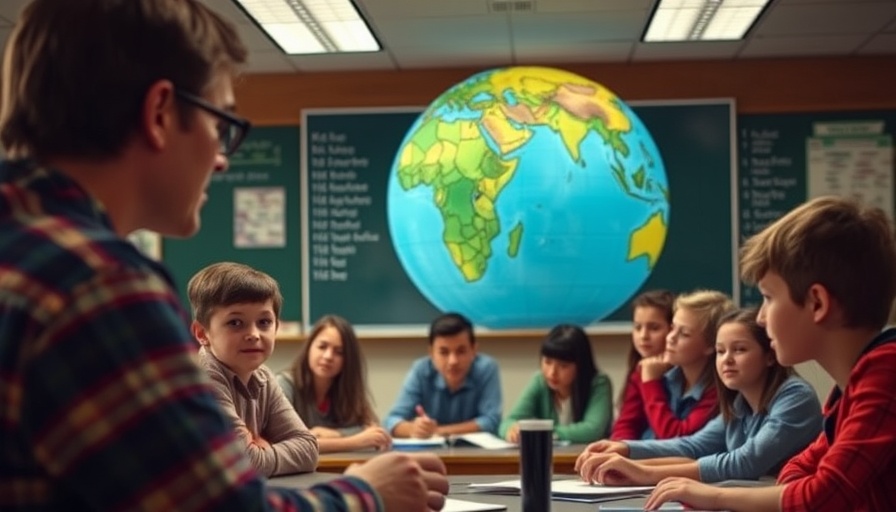
The Curious Case of Kilometers in America
While the United States enjoys a unique position among the countries that primarily use miles, the metric system has made some surprising inroads into American life. Surprisingly, only three nations—Liberia, Myanmar, and the US—measure distance in miles. This fact might pique your interest, especially if you've traveled abroad where kilometers reign supreme.
In Jeff Caplan's My Minute of News: Kilometers, the discussion dives into America’s relationship with the metric system, exploring key insights that sparked deeper analysis on our end.
A Glimpse into the Metric Movement
Many might not remember the attempts back in the 1970s when the US made a push to shift to the metric system. Schools throughout the nation geared up for a metric revolution; kids learned about meters, liters, and kilometers as the future of measuring. A cartoon, entertainingly named Metermen, aimed to educate the young ones about this new world. However, enthusiasm waned, and the movement was eventually shelved.
The Lone Metric Road—Interstate 19
Not all metrical aspirations were abandoned, though. In southern Arizona, a stretch of Interstate 19 from Tucson to the Mexico border boldly embraced the metric system. It stood as a pioneer in an otherwise imperial landscape. Amazingly, the signs still display distances in kilometers, a remnant of a vibrant past. If you're ever taking a trip down this notable highway, you'll find that 10 kilometers translate to about 6.2 miles—a fact that can help travelers gauge their journey more accurately.
Bridging the Gap: Community & Metrics
For residents in Salt Lake City, such reflections on distance resonate beyond mere measurements; they remind us of the importance of understanding our world in various dimensions. Just imagine driving along I19 and encountering a scenic roadside café—how do you relate to the distance when the signs tell you it’s 15 kilometers away? It's a conversation starter, an opportunity to dive deeper into the cultural nuances surrounding our numerical systems.
Why This Matters to Utah Residents
Understanding kilometers versus miles might seem trivial, but this knowledge shapes how the community connects with global practices. For younger generations engaging in international travel or education, familiarity with metric distances enriches their experiences and perspectives. In a rapidly changing world, having those foundational concepts can make all the difference for community members as they explore beyond state lines.
Final Thoughts on Measuring Distance
Next time you find yourself on a journey through picturesque landscapes, may it be in Arizona or a road in Utah, take a moment to consider the miles and kilometers that guide your way. The blending of measurement systems symbolizes our bridging of cultures and shared experiences. Whether you're recalibrating your understanding of distance or just enjoying the scenic views, it’s a reminder of our interconnectedness.
As we continually engage with one another as a community, learning about our world—even through something as simple as a road sign—invites us into richer discussions about identity, culture, and history. So, when you navigate your next road trip, give a thought to kilometers and miles; it’s about more than just numbers—it represents a nuanced connection that spans across nations.
 Add Row
Add Row  Add
Add 




Write A Comment